The mighty ZX-14R SE is still going strong. We live with one for two weeks to see how it stacks up against the current high-tech hyperbikes... Photography: Heather & Nick Ware
ZX-14R Project Leader Takeru Oshima did one hell of a job when he modernised the Ninja back in 2012. To think that it’s still a current bike, a decade later, is amazing. Ageing, sure, but like the Mike Tyson of motorcycles, this muscle bike can still pack some serious punch…

The ZX-14R SE (Special Edition) came out five years ago and has Brembo M50 radial-mount calipers and an Ohlins TTX39 shock. We tested this latest 2021 version for two weeks over a wide range of conditions. It still has it.
I’m tucked in tightly behind the enormous frontal area of the ZX-14R, the horizon approaching rapidly as I reach the end of every long straight in the blink of an eye. Over each top gear crest, a light nudge on the inside ‘bar has the Ninja leaning on its Bridgestone tyres and tracking through the warp speed sweepers like it is glued to the tarmac.
The tacho is in the red zone. The speedo digits stopped. Live fuel consumption is 23L/100km. There are lights flashing on the dash, yet everything seems to be happening in slow motion…
The tacho is in the red zone. The speedo digits stopped. Live fuel consumption reading is 23L/100km. There are lights flashing on the dash, yet everything seems to be happening in slow motion and it is eerily quiet in the bubble behind the screen. Riding or flying? I can’t quite tell. It’s a place that can only be reached on a hyperbike… I pull up in a quiet spot and listen to the bike snap, crackle and pop as it cools down. I’m high on adrenaline and realise immediately that the ZX-14R is still a King of the Road…
Kawasaki had been the horsepower leaders for 25-years before Suzuki ruined the party with the first Hayabusa. Having spent a large number of my teenage years in the 1990s doing my apprenticeship at a Kawasaki Dealership, I very much remember the hype around big power ZZR1100s and ZX10s, GPz1000RXs and GPz1100s.
A good 1993 ZZR1100 with a pipe and jet kit would make up to 150hp on the dyno we had. It was always a ZZR that won the Parry’s Horsepower Shootouts… Before the Hayabusa arrived, I was certain that no bike would ever come along that could beat the mighty ZZR1100 in the hyperbike wars.
Of course, that was all blown out of the dyno room with 320km/h of ram air wind when the Big Bird was released. Kawasaki had actually said they would “Never build a faster motorcycle” than the GPz1000RX! Those words were quickly swallowed when the ZZR11 came out in 1991 and then with the Busa taking the throne in 1998 it was time to really break their own promise!
The ZX-12R came first, from 2000 to 2006, and was Kawasaki’s flagship sportsbike. As awesome as it was, it didn’t reach the popularity it deserved and also fell short in the horsepower war, with a shade under 180hp and 100ft-lbs. It was damn fast though and remains a popular bike for custom projects…
When the 2006 Ninja ZX-14 hit the market, the title and bragging rights went back to Kawasaki with 200hp, thank you very much! Fastest top speed though? Suzuki will always wear that crown as from 2000 the Busa and ZX-14 were limited to 299km/h. The very first Busa did over 300km/h… But the ZX-14 was so, so fast, with a more peaky engine than the Suzuki and a more upright touring styled riding position despite the sportsbike styling. It was an amazing bike.
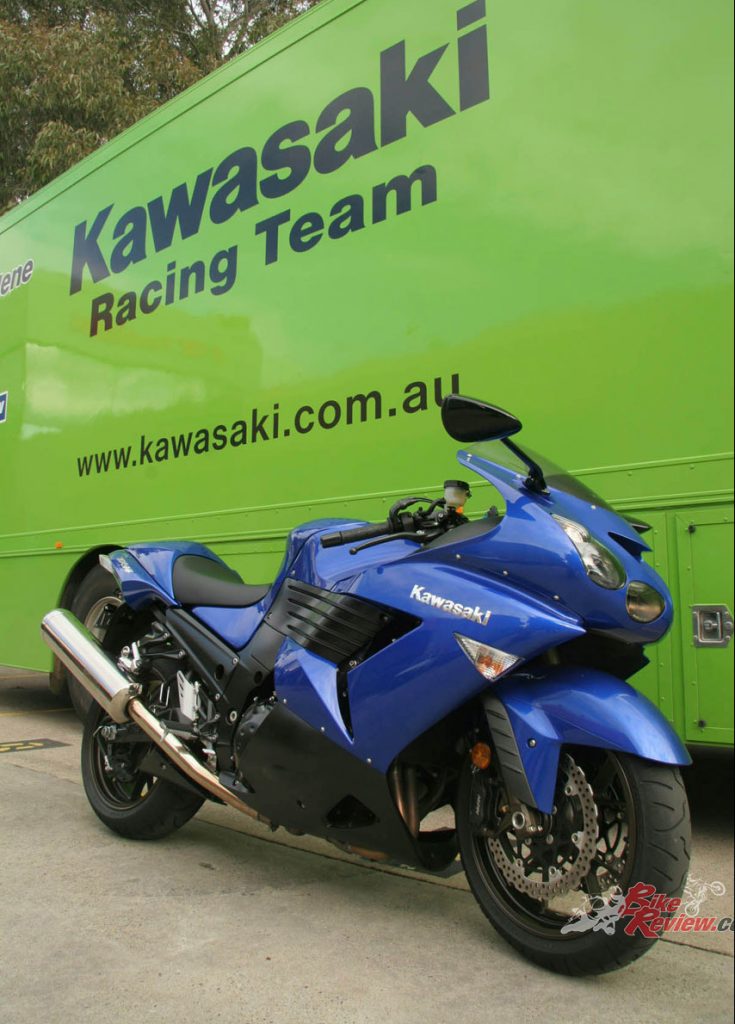
The very first Kawasaki Ninja ZX-14 press bike in Australia. Jeff picked it up from Kawasaki in July 2006. It was the bike that took the Horsepower Crown back for Team Green, even if it was Candy Thunder Blue!
I’ve done plenty of big rides on ZX-14s over the years. The very first time I rode one was back in mid 2006, when the first model arrived Down Under. Updates came just two years later (minor changes) then in 2012 there were major changes, with the R added to be ZX-14R, a capacity hike from 1352cc to 1441cc, Ride Modes, Traction Control and a major restyle. It also got a slipper clutch and an advanced ignition system among many other goodies and basically set the platform up for what it still is today, almost a decade later…
The SE, or Special Edition, first appeared in 2016 and is still the current 2021 version as tested. If you ask me, it looks better than any previous ZX-14 model. The graphics are stunning. It also has some great kit, such as a top shelf Ohlins TTX39 shock, 43mm cartridge forks, Brembo M50 Monoblock radial-mount calipers and Brembo rotors at the front as well as a Brembo radial-pull master-cylinder.
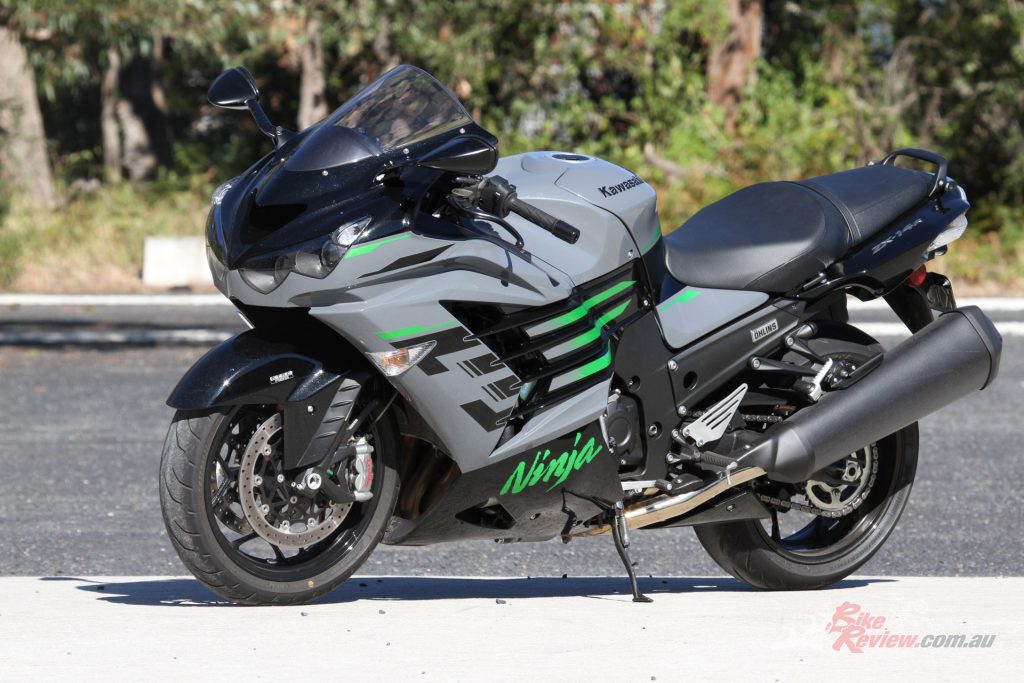
The 2021 Kawasaki Ninja ZX-14R SE (Special Edition) Ohlins/Brembo. Surely the hottest looking ZX-14R ever made…
So here I am standing next to the bike, drinking a can of warm Coke Zero I found in my GoPro bag, in awe of a machine I first rode when I was 30-years-old. I’m now 46 and still grinning and blown away like I was back then. The ZX-14R is just one of those bikes that was made right and has lasted the test of time. In its intended environment it is near unbeatable at what it does best and that is go fast and corner at hight speed. The rest of its assets, like tourability, are just a bonus as far as I’m concerned…
I hop back on the bike and head further west. I’m riding with Nick, and he’s testing the BikeReview 650MT while snapping some shots and video for me. It’s COVID-19 lockdown and the roads are literally deserted. The rain hits, it begins to drizzle and then it is cold and nearly dark. I switch to KTRC 3 and Low Power Mode as well. I settle in for the ride to our photo location.
The 14R is already soft at low rpm, particularly below 4000rpm where I reckon it is too soft in delivery for a big bore bike, so riding in adverse conditions is a breeze but this setting makes it that much easier. I’d forgotten how easy the bike is to ride in the rain. The 14 is so smooth, comfortable, vibe free and everything is refined. The mirrors are fantastic, switches easy to use, the rear brake is brilliant, the front brakes sensational and weather protection up there. I could not ask for more in these conditions…
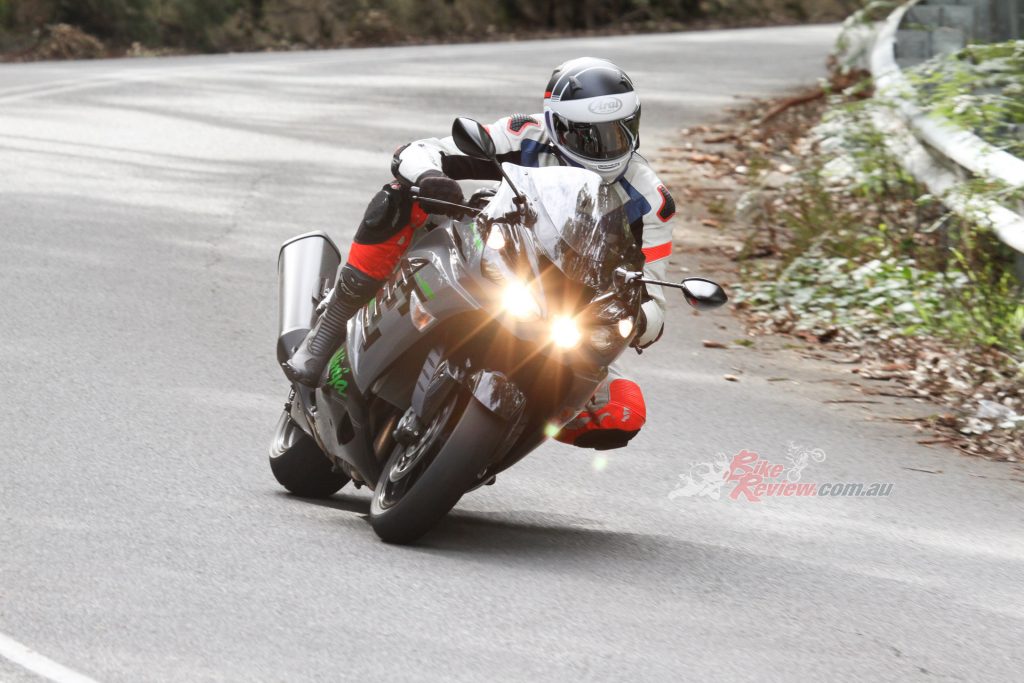
The ZX-14R has retained the same Monocoque frame and geometry since 2006. When you are onto a good thing, don’t change it… Newer tyres, such as Bridgestone S22, would make the 14R an even better cornering master…
The weather and the roads dry out and we push on in the COVID-19 TT, within a self imposed 50km limit from home. The ZX-14R SE is better than I thought it would be when it comes to handling fast, flowing country roads. I had the idea that the TTX39 and matching fork settings might be too firm or sporty but I’m wrong. Kawasaki have not gone crazy on the stiffness.
“It’s an armchair ride, well a rocket powered armchair anyway!”
It’s an armchair ride, well a rocket powered armchair anyway! The shock is spot on and I don’t touch a thing. Up front, I pull over and add some front compression and preload, about 30 per cent more of the latter, and it makes a huge difference. Where the front was feeling over pushed, heavy and vague, it is now sitting more proud and giving much better braking support.
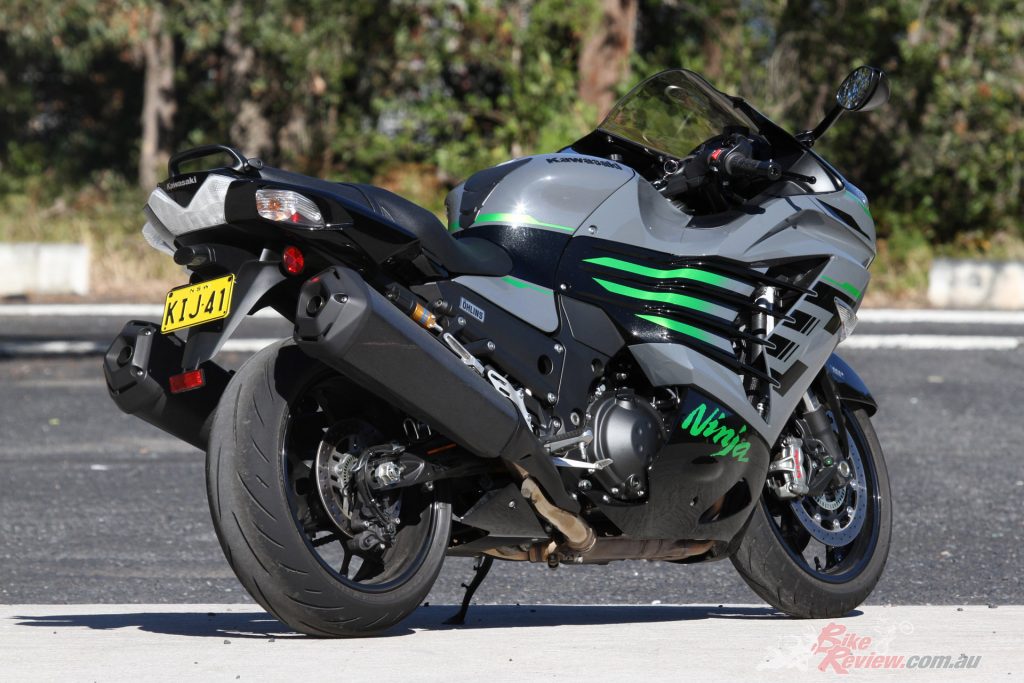
Just add newer tyres, a quickshifter, IMU, cruise, a TFT dash and you have a 2022 spec machine good for another decade. The rest is so good it doesn’t need change.
Cruising back towards home I play around with the dash. I remember it wasn’t so long ago this display seemed so futuristic and modern and here it is, looking dated. There is plenty of info there but the display is basic and there isn’t a huge amount of functionality and of course no connectivity for Nav, music or smart phone use. Still, Kawasaki have the best TFT setup in the business so I’m sure that will find its way onto the ZX-14R SE (if the 14 continues into the Euro5 era and we all hope it does).
The ride is easy, pleasant and the old school feel of no quickshifter kind of ads to the rawness of the experience but soon wears thin. As I shift through the gears from turn to turn, the big inline four sound bouncing off the rock walls, I imagine how good it’d sound with a QS popping through the ‘box and auto blipping on down shifts. It would also allow more time to focus on steering the beast.
Speaking of which, even with the slipper clutch, the 14R has a lot of engine braking, and as I get busy in the switchbacks, a few times the front is over-pushed and even tucks once, while the back chatters a little and wants to step around at times. Also, the clutch action is heavy. I don’t remember this on previous models and haven’t mentioned it in my notes on them, yet this is the heaviest hydraulic clutch I’ve felt from memory (around town it was particularly tiring).

Hard braking and downshifting into turns is hard work on the 14R, highlighting its age more than in any other situation…
As we leave the rural areas and get closer to town I decide to take the long way home and I go straight past my turn off and head down one last series of fast, smooth, flowing sweepers in the same direction Nick is going. After a full day of over 350km testing, I still want more cornering fun. The 14R is that kind of bike. With the big seat and relaxed ergo’s, I reckon a 1000km day would still end with a fang!
I arrive home and honestly feel like riding more even though it was a big day, so the very next day I go and do it again, this time with a second shoot thrown in with the pillion in a million. We head up to the local hills and spend a few hours mucking around on a 20km stretch of road that has a bit of everything. I soon find the limits of the KTRC, even on Mode 1 I find it too intrusive and or slow to act depending on the situation, but it works and does the job more than well enough to save your skin many a time over. Switching it all off, well, the Ninja comes alive and is not for the faint of heart…
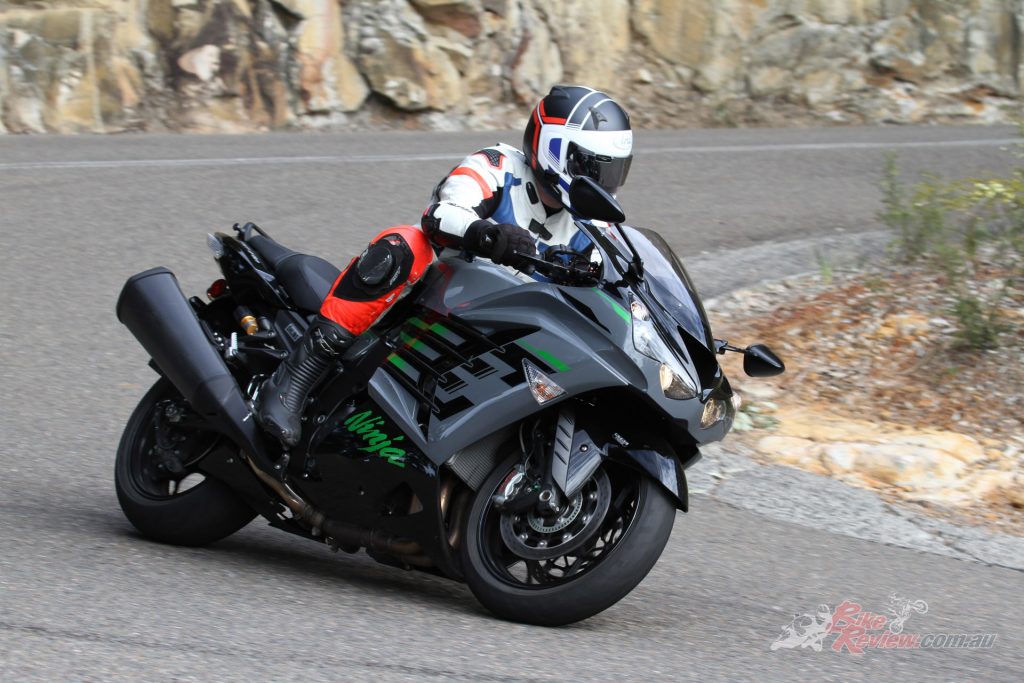
A giant sportsbike pretty much sums up the Kawasaki Ninja ZX-14R SE. It’s still an awesome motorcycle for under $22k.
The ABS is the next ‘system’ that I push beyond the boundaries and once I get going I find I can’t pull the bike up as effectively as I’d like to, with the ABS intervening and pushing the bike and I deeper into turns than the desired point, in turn making it tough to hit apexes.
This is occurring into bumpy corners and downhill corners. An upgrade in rubber would probably do wonders in curbing this issue. I know the front tyre is moving but I also know it isn’t going to let go but I’m not able to steer the bike where I want to due to the ABS releasing the brakes. This won’t happen with cornering ABS. I pull it back and just enjoy going a bit easier on the brakes!
Overall handling is and always has been a strong point for the ZX-14R. It is more nimble that it looks, and can be flicked through a series of corners very effectively. I started out with a full 22L of juice in the tank and still have half a tank as I do my final run on the bike and although it is no ZX-10R it is impressive through the twisties and way more stable than the superbike over bumpy sections…
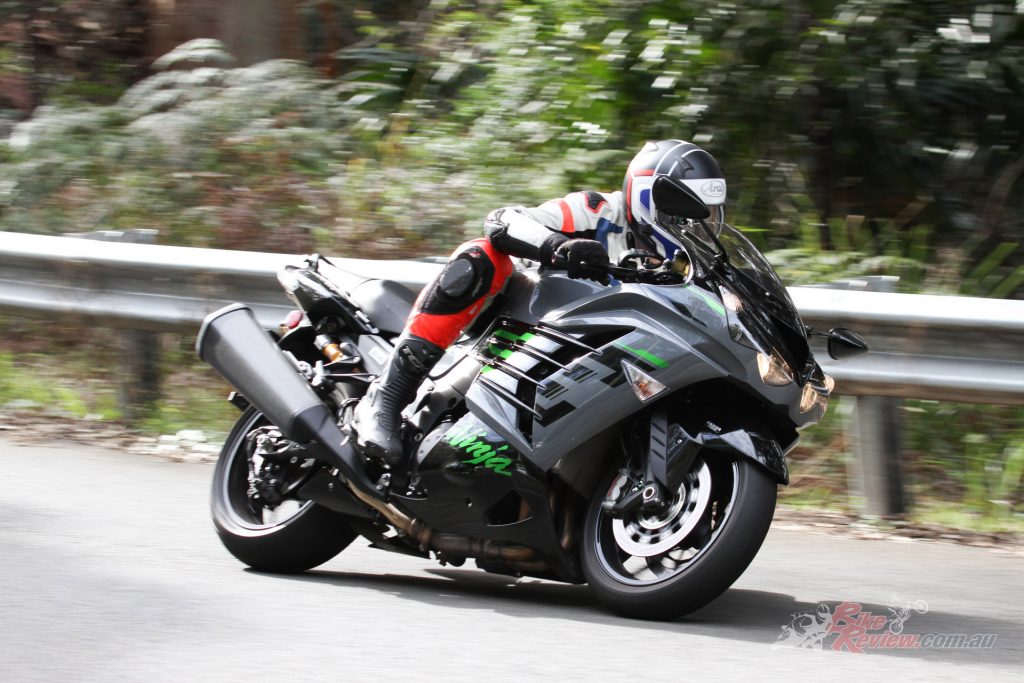
“While it has the power to throw down blistering 1/4-mile times, and the agility to hustle through a series of curves in the hills, the Ninja ZX-14R is also comfortable enough to accommodate long distance touring”.
All up, my opinion on the mighty Kawasaki Ninja ZX-14R SE is that it is still a legendary bike, deserves the title of King Of All Sportsbikes in the Kawasaki lineup, and only needs the small additions I’ve mentioned to bring it up to a thoroughly ‘2022’ level model… However, if that were the case, expect to pay close to $30k and that would be fair. For the current price, the specification is fitting, in fact, it is a hell of a lot of motorcycle.
I can’t think of a better way to sum the bike up than in the words of Kawasaki, “The Ninja H2, Ninja ZX-14R and Ninja ZX-10R – Kawasaki’s top-of-the-line flagship sport models – all offer high levels of riding excitement. But where the Ninja ZX-14R stands apart is for its great flexibility. Compared to the very focused concepts of the Ninja H2 and Ninja ZX-10R, the Ninja ZX-14R’s engine and chassis tuning contribute to a package that delivers high performance while being easy to ride. So while it has the power to throw down blistering 1/4-mile times, and the agility to hustle through a series of curves in the hills, the Ninja ZX-14R is also comfortable enough to accommodate long distance touring, and mild-mannered enough that you wouldn’t think twice about jumping on and riding it to the corner store”...
ZX-14R TECH TALK
When the ZX-14 engine went through its update way back in 2012, it was out from 1352cc to 1441cc through a 4mm increase in stroke to 65mm. The bore remained the same at 84mm. This led to an increase mostly in the mid-range and high rev horsepower, helped by a small reduction in the final drive ratio – the rear sprocket was up one tooth to 42. The Ninja makes 147.2kW, boosted to 154.6kW by the Ram Air induction.
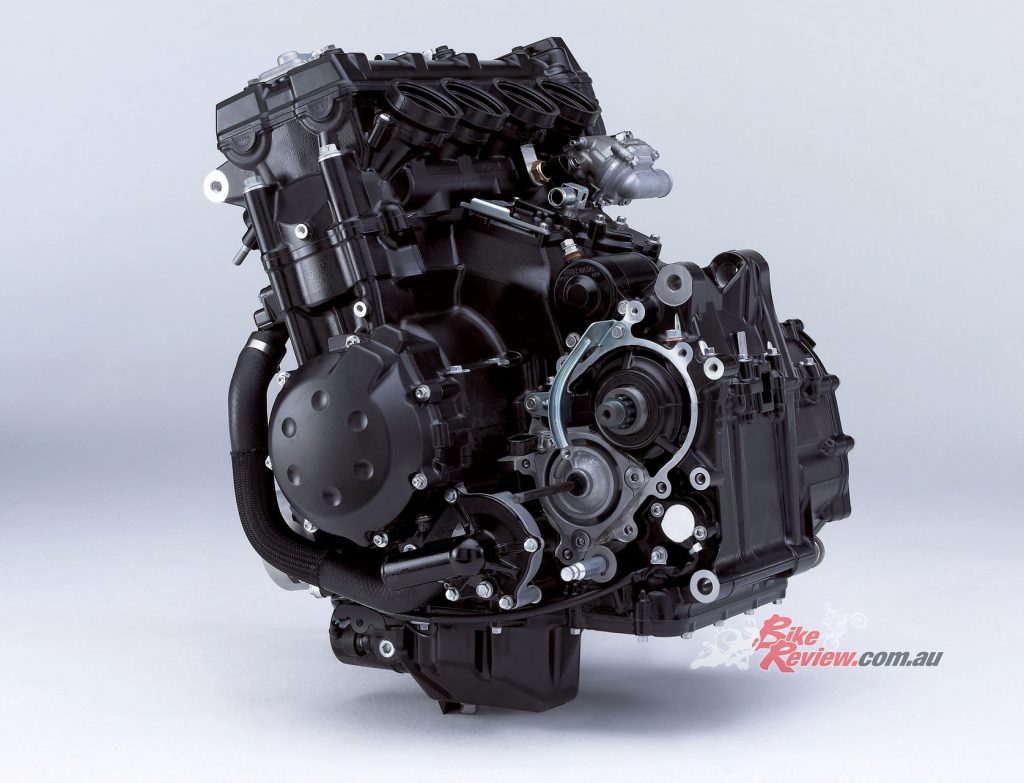
The engine went through a major upgrade back in 2015 and has remained the same since. It is a truly great thing!
The central Ram Air duct feeds cool, high-pressure air from the front of the fairing in a direct path through the air cleaner and into the engine for maximum power output – as speed increases, so does the air pressure, effectively force-feeding the engine.
The inlet and exhaust ports in the engine are hand finished…
The power is achieved by using the revised combustion chamber shapes from the changes they went through in 2012 with a higher, 12.3:1 compression ratio and the changes to the intake and exhaust port shapes. The inlet and exhaust ports in the engine are hand finished, and the exhaust ports have a larger diameter to expedite gas flow from the engine.

A huge airbox with ram air lifts power to an incredible 210hp. this is The Boss motor from Kawasaki and is legendary.
The valve sizes remained the same from the revision but the cam profiles featured increased lift. Internal pumping losses are reduced through increasing the size of bypass holes between the cylinders, also adding to the power output.
The chassis is based on the old monocoque design. When it went through its update in 2012, Kawasaki increased rigidity in the headstock and swingarm areas, while the swingarm itself was made 10mm longer and more rigid.
Stiffer springs are used in the suspension with revised damping to provide a sportier ride and sharper handling. Settings are such that the majority of the suspension action takes place higher in the stroke (rather than closer to the bottom of the stroke with the suspension almost fully compressed).
The electronics are getting outdated now but include Kawasaki’s KTRC 3-mode predictive traction control system. Modes 1 and 2 are track-style options designed to maximise acceleration, as on the ZX-10R Ninja, while 3 is a safety mode for riding in poor conditions. They can be switched off altogether if required. The system also differentiates between torque-induced wheelies, which it allows, and more dangerous sudden ones, where it intervenes. In mode 3 all wheelies are prevented.
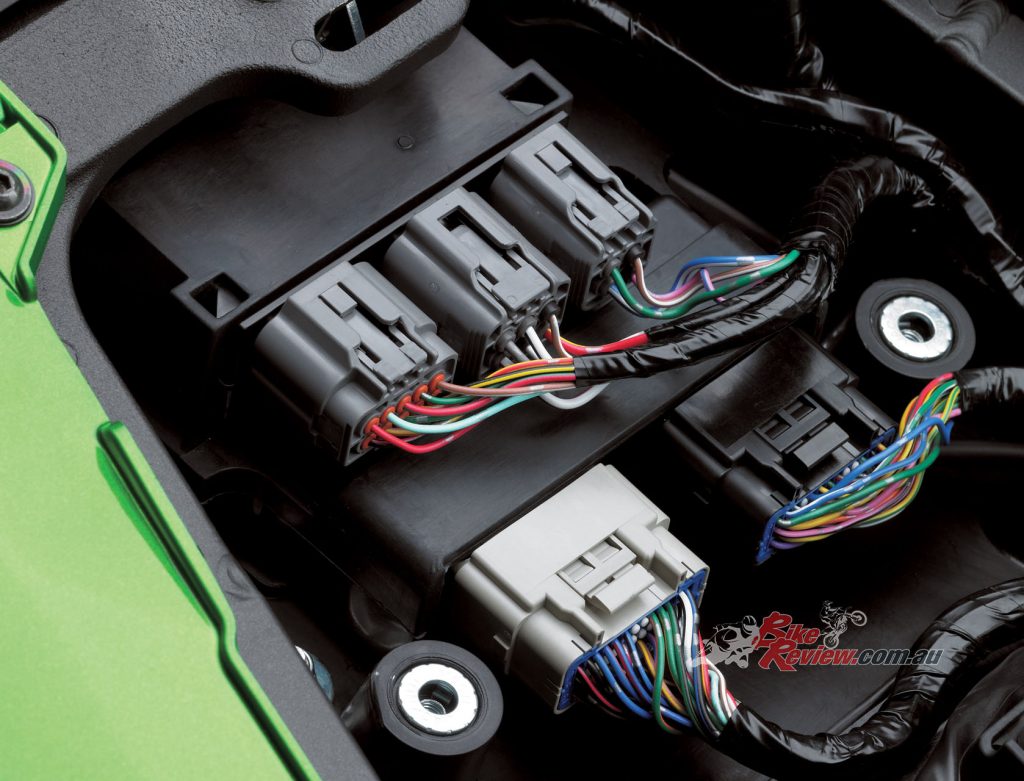
All of Kawasaki’s assists run back through their control module, this set-up has not changed since 2015 as well.
There are two engine Power Modes, with Low Power reducing output from the midrange on by up to 25 per cent, and more usefully softening the throttle response across the range. Riders have eight combinations from which to choose. For example, an experienced rider on dry pavement might choose Full Power and KTRC Mode 1 for sport riding. On a wet and/or slippery road surface, Low Power and KTRC Mode 3 might be selected. Each system can be set independently to best suit rider skill/preference, riding location and road conditions.
The styling meanwhile is recognisably ZX-14 but most noticeably with an aggressive mien about the quad headlight visage after the changes in 2015/2016. The side fines are pronounced to allow for added cooling. All of the styling has remained the same with the only changes being the Pearl Storm Gray with Metallic Diablo Black colour.
The instruments include ambient air temperature and, according to Kawasaki, a more accurate fuel gauge and range-to-empty reading. Everything is controlled via a switch on the left handlebar. New meter faces have been changed from black to a dot pattern. The overall finish is very clean, with a lot of attention paid to keeping fasteners and brackets out of sight, while a pair of luggage hooks fold out neatly and with a satisfying click from beneath the seat.
2021 Kawasaki ZX-14R SE Specifications
Price: From $22,099 (+ORC) Click here and enter postcode for R/A price
Colour: Pearl Storm Grey with Metallic Diablo Black
Claimed Power: 147.2kW(154.5 w/ram air)@10,000rpm
Claimed Torque: 158.2Nm@7,500rpm
Wet Weight: 269kg
Fuel capacity: 22L
Warranty: 24 months unlimited km
Engine: Liquid-cooled, DOHC, inline four-cylinder four-stroke, 1441cc, 16-valve, 84mm x 65mm bore x stroke, 12.3:1 compression, Mikuni EFI 4 x 44mm throttle-bodies, six-speed gearbox with wet, multi-plate slipper hydraulic actuation clutch.
Chassis: Aluminium Monocoque
Rake: 23° Trail: 93mm
Suspension: 43mm inverted fully adjustable forks, 117mm travel, Uni-Trak Ohlins TTX39 monoshock, 124mm travel, fully adjustable.
Brakes: ABS, 310mm Brembo semi-floating front rotors, radially mounted four-piston Brembo M50 calipers, Brembo radial pump master-cylinder, 250mm rear rotor, two-piston caliper.
Wheels & Tyres: 10-spoke alloy, 120/70 – 17in, 190/50 – 17in Bridgestone Battlax S20
Dimensions:
Length: 2170mm
Height: 1170mm
Width: 770mm
Seat Height: 800mm
Wheelbase: 1480mm
Ground clearance: 125mm
Instruments & Electronics: Analogue gauges and digital LCD info display, 3 Mode KTRC, Power Mode Selection, ABS, Economic Ride Indicator.
The Verdict | Review: 2021 Kawasaki Ninja ZX-14R Special Edition

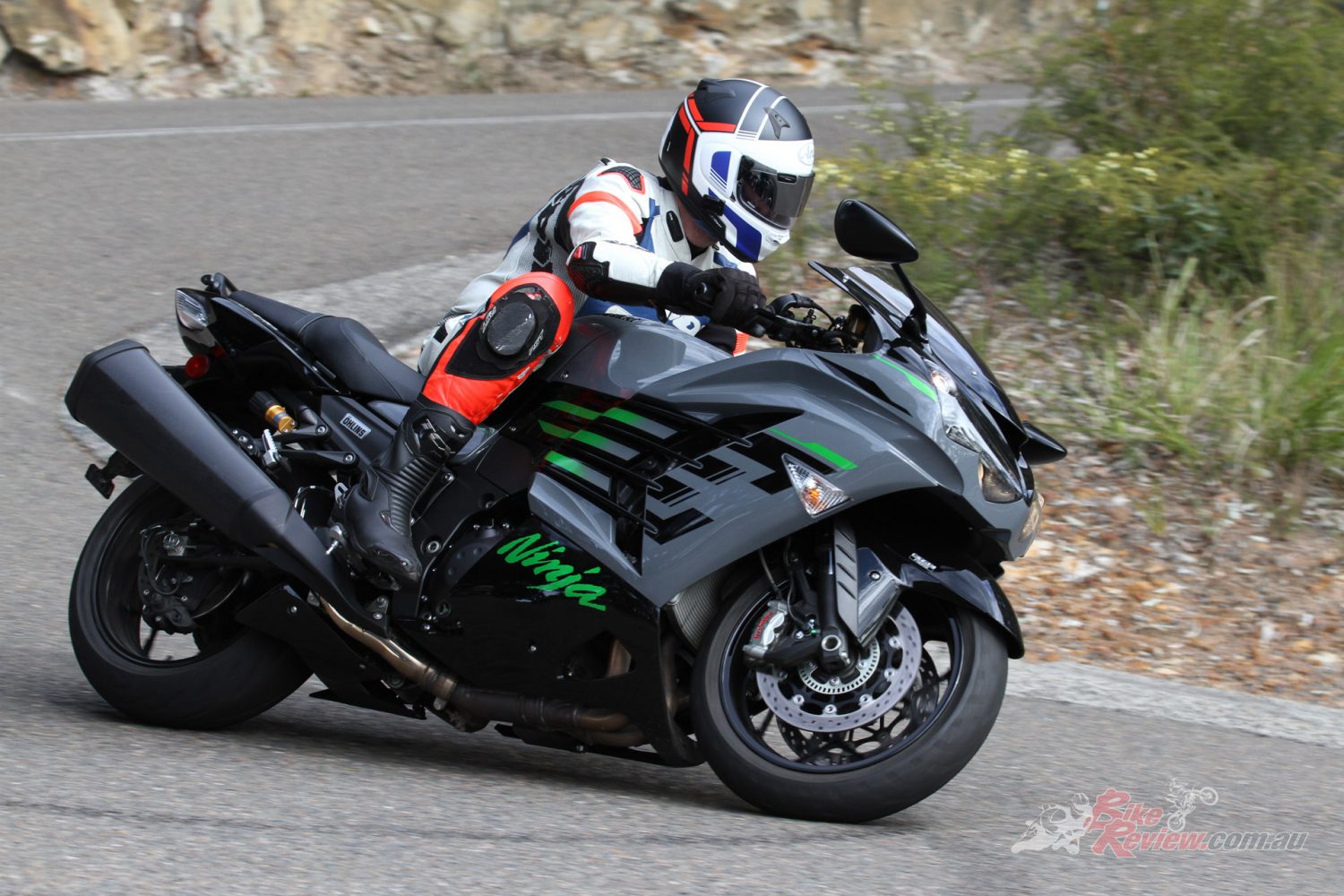


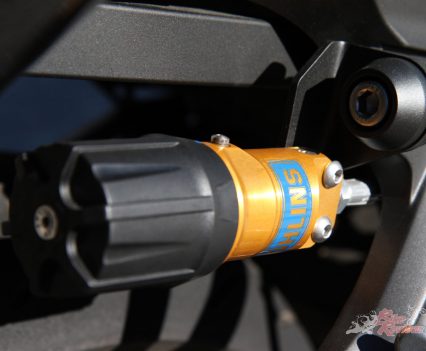
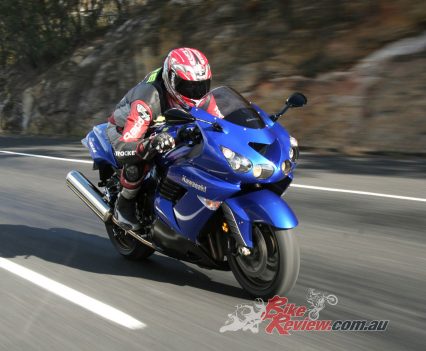
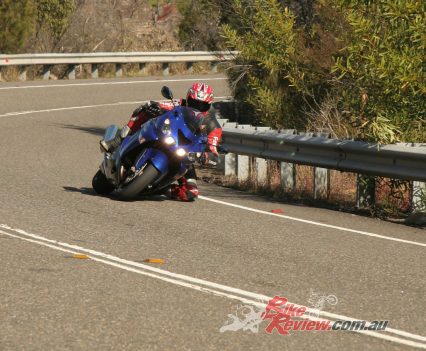
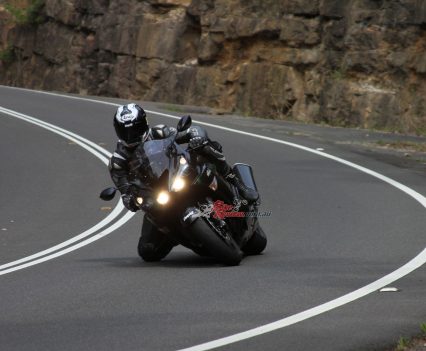
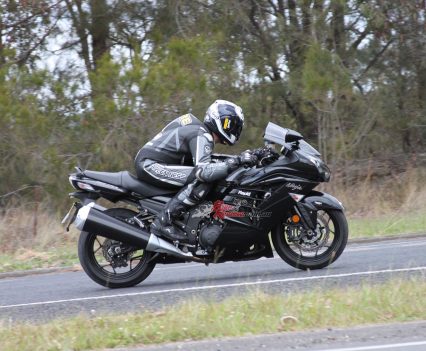
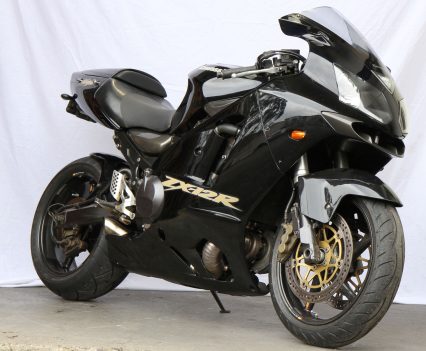


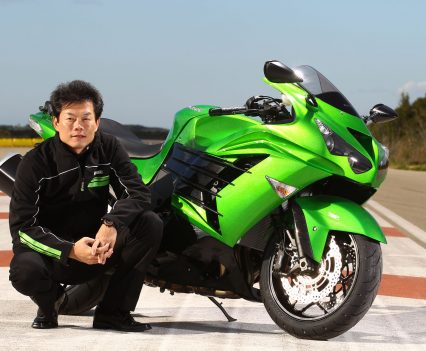
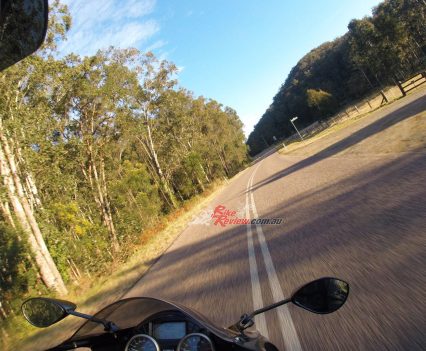




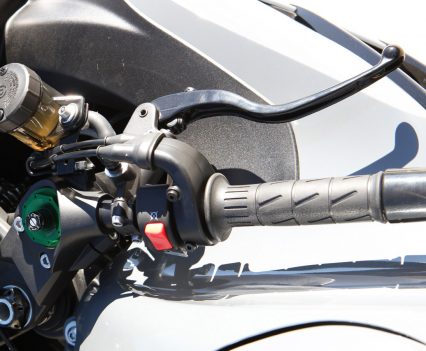
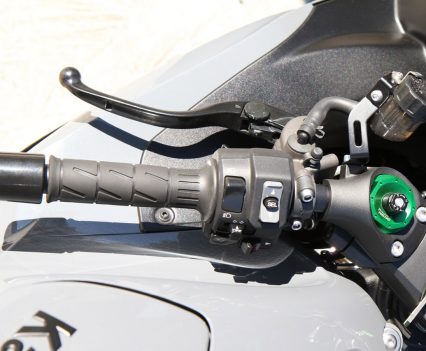
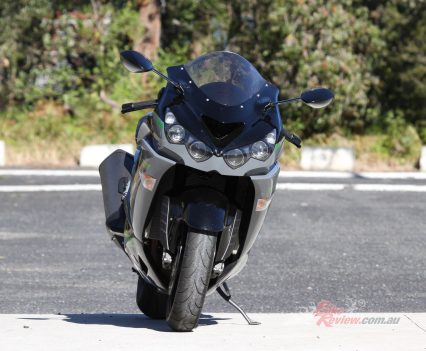
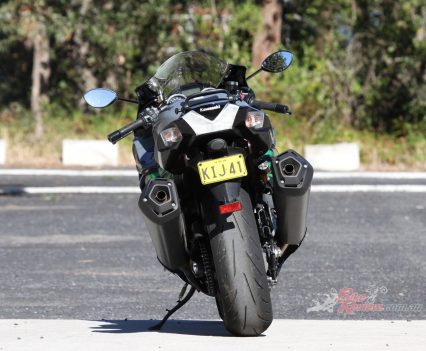
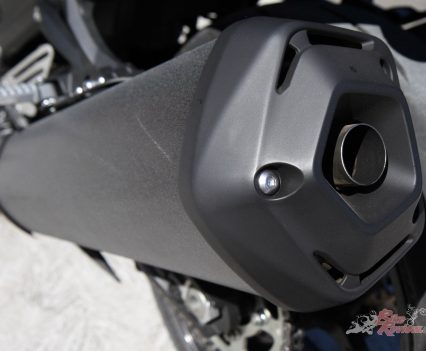

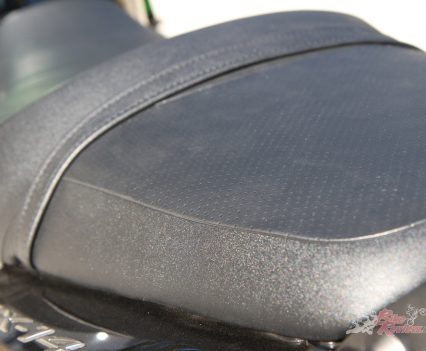
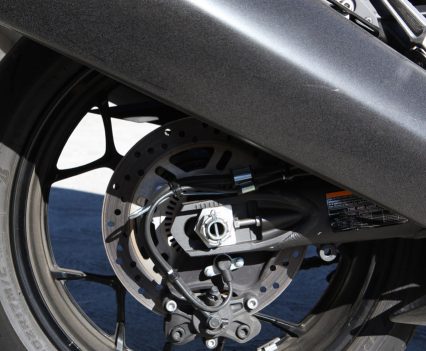


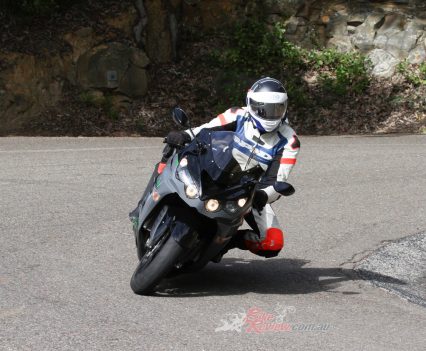
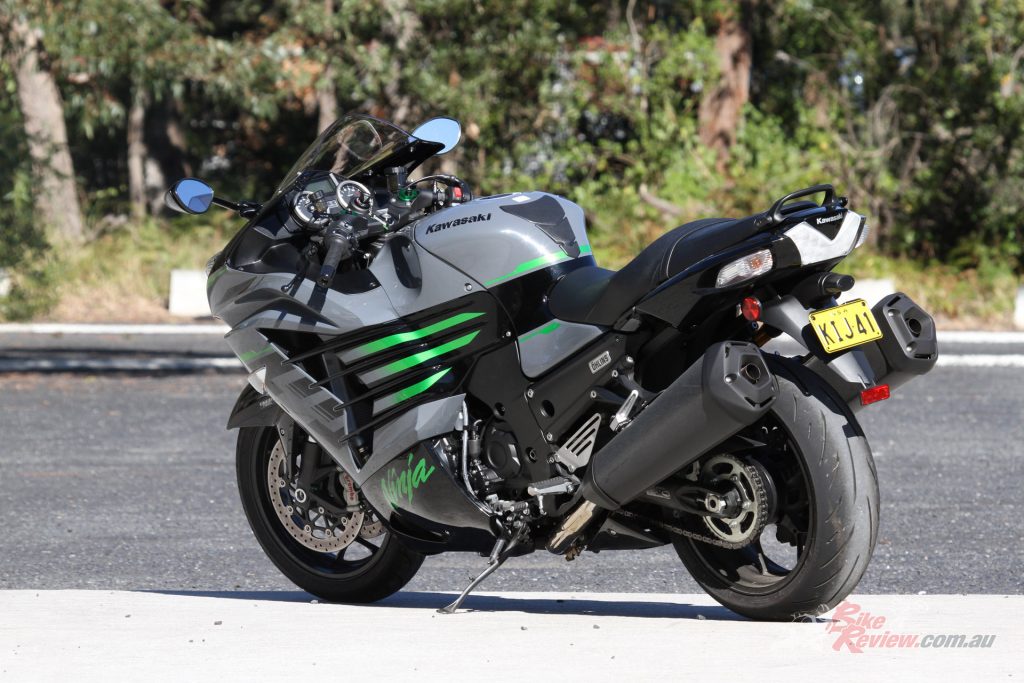
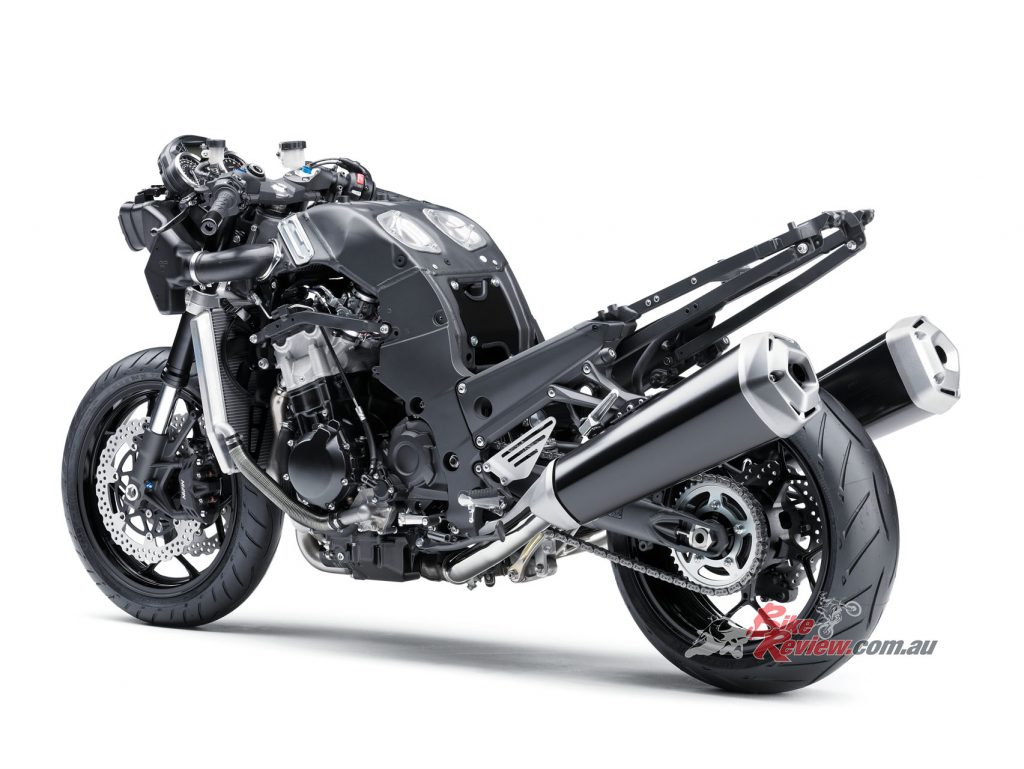





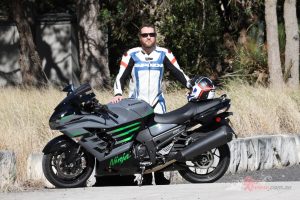
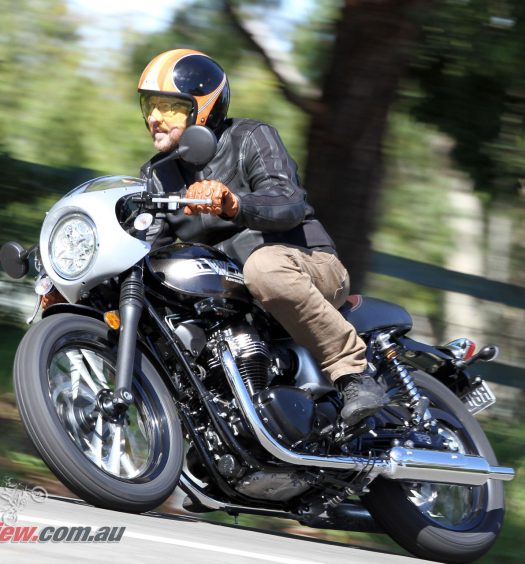
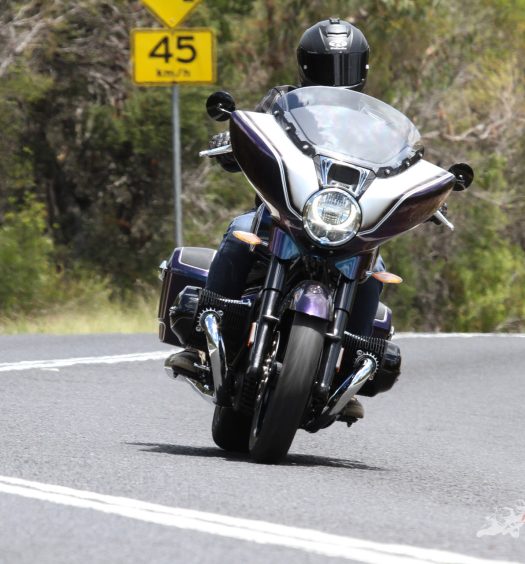





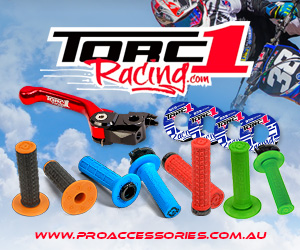





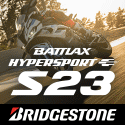

August 25, 2021
Hi. I’ve been riding the big ZX for a while. First the 2008 midnight sapphire blue colour (my favourite of all) and then. 2012 build ZX14R. This has the list of changes you describe.
I’m confused about the change that occurred in 2015. Aside from the SE variant with the ohlins/Brembo goodies, I thought the last change was the 2012 when they were restyled, bigger engine, better electronics etc.
Have I missed a round of 2015 updates? Is 2015 a mistake?
Great review. Thanks. I’m tempted to renew mine.
August 26, 2021
Hi Russell – you are correct, 2006 – 2008 – 20012. This one (SE – Ohlins/Brembo/Colours) was done in 2015 and arrived here in OZ in 2016. So it is essentially a 2012 model with the SE upgrades – I tried to make it clear, I’ll re-read it again. Even I got confused! Great bike, Jeff.
September 1, 2021
Bought a ZX14R-SE last year after a dozen years riding a pair of Gen1 ZX-14. Great bike, but I haven’t found the same level of confidence yet – our friend Rob at Well Sprung did his magic with the clickers which helped a lot, but to me it still feels like the Gen1 was handling much better. Maybe a different set of hoops will change that.
September 2, 2021
Hi mate – are you still running the S20s? Jeff.
September 10, 2021
Hi Jeff,
2012 – was the first major update – increased capacity, longer swingarm, electronics upgrade, etc – overall a better allround package.
2016 – brembo brakes, akrapovic cans and ohlins rear shock
2015 – what frame changes ??
Dump the OEM Bridgestones
Cheers
X Parrys
My 2012 has all the 2016 “extras”
September 10, 2021
I thought for 2016 the exhaust header had some type of modification.
September 11, 2021
Hi Grant, should read 2012 – “Kawasaki increased rigidity in the headstock and swingarm areas, while the swingarm itself was made 10mm longer and more rigid.” Good to hear from ex Parrys staff – are you on the Parrys Facebook page? Jeff.
September 20, 2021
Nice review. I have a 2013 SE and was thinking about a new one, but I just don’t like the grey.
October 1, 2021
Just purchased the new 21 model, what an amazing motorcycle, so much power, I think value for money the ZX14R is top of the list
June 20, 2022
Thanks for an informative review.
Enjoyed a ZZR1100 a ZRX1200 and now the ultimate do everything bike. Found 2019 with 3800 km on the clock.
I love the analogue gauges!
Could I even read a digital speedo when accelerating at warp ZX14R speed?
I think analogue gives a better sense of proportion as the needles swing round past the numbers
August 4, 2022
Great review. I own a pro built big bore 1510cc, 2013 Kawasaki ZX14R and I luv it. We have hard bags which hold a 100hp shot of juice to add even more excitement to an already very exciting bike.
Cheers,
Cliff
August 18, 2022
Great review of a truly great bike. I chuckled at the 1990s Kawasaki reference. I’d like to upgrade to a 2012 ZZR14 next year. I’m on a 1997 GPZ11 at the mo and love it, though its a heavy old beast it really does everything I need.
October 11, 2022
Your GPz is worth keeping – they are getting rare and expensive!
March 8, 2023
Great review, and just concreted my decision to shop for ZX14R. I currently riding the ZRX1200S the nicer blue colour scheme(I am keeping it) . I love the big engines and while the H2SXSE is very powerful, and fast with loads of tech. I think I rather date once being the fastest girl on the planet 😍 and still looks like didn’t age a bit 😜
April 3, 2023
It’s a bloody good bike. Did you read our shootout with the Hayabusa? https://bikereview.com.au/comparo-hyperbikes-gsx1300r-hayabusa-or-ninja-zx-14r-se/
May 24, 2023
Aaand you missed the Blackbird, being reason Hayabusa was even made (and the name for it).
January 3, 2024
I just recently purchased a 21 SE. Prior was an 89 zzr11 and a 2011 B King. This bike is amazing, so much power and easy to ride. I find it similar to the 11 for riding position but as you would expect much better handling and braking. It certainly turns heads. Kawasaki broke the mould again with this flagship model. Love this bike.
January 6, 2024
I’ve spent many many thousands of km on the Blackbird and you are right, I should have given it a mention – but this is mainly about Kawasaki history… Blackbird was a great bike that was quickly left behind, sadly Honda never continued to develop it. I participated in a lot of comparo shootouts of the Busa, Blackbird, K 1300, ZX-14 and I always preferred the handling of the Busa and Blackbird but the Honda was a little slow in the end compared to the others. Such a shame. Great sports tourer – had some great trips with my wife on a Blackbird two-up with luggage. Jeff.
January 6, 2024
Phil – great choice, and if you have that past big bore Kawasaki experience you know just how good the SE is… Enjoy! Bloody awesome bike. Jeff.